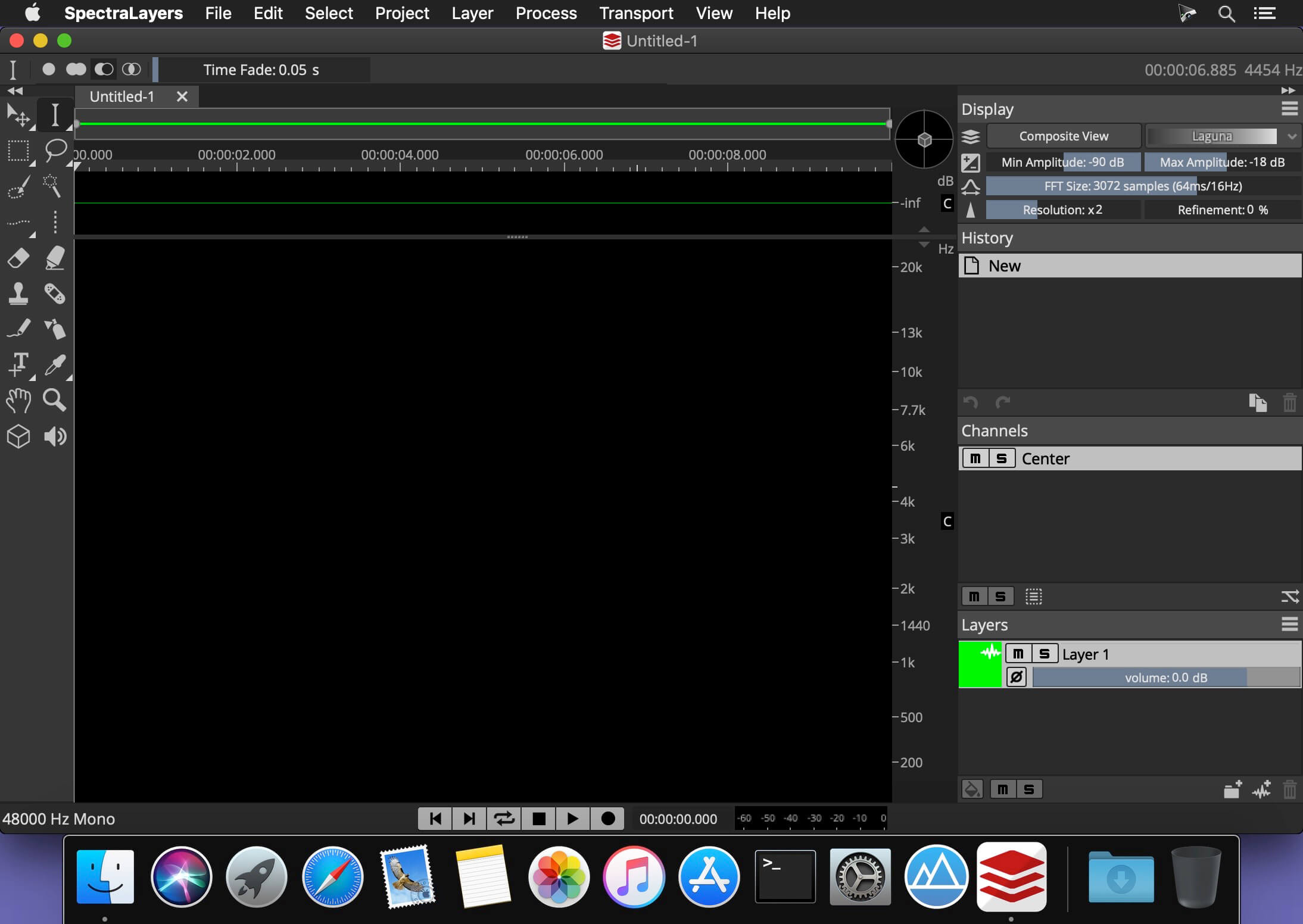

GarageBand 6, also known as GarageBand '11, is part of the iLife '11 package, which Apple released on October 20, 2010. GarageBand 5 also includes a redesigned user interface as well as Project Templates. It also contains new features for electric guitar players, including a dedicated 3D Electric Guitar Track containing a virtual stompbox pedalboard, and virtual amplifiers with spring reverb and tremolo. It includes music instruction and allows the user to buy instructional videos by contemporary artists. GarageBand 5 is part of the iLife '09 package. Additionally, it provides support for the automation of tempos and instruments, the creation, and exportation of iPhone ringtones, and a "Magic GarageBand" feature which includes a virtual jam session with a complete 3D view of the Electric instruments. It incorporates the ability to record sections of a song separately, such as bridges, and chorus lines. GarageBand 4, also known as GarageBand '08, is part of iLife '08. GarageBand 3, announced at 2006's Macworld Conference & Expo, includes a ' podcast studio', including the ability to use more than 200 effects and jingles, and integration with iChat for remote interviews. Transposition of both audio and MIDI has been added by Apple along with the ability to import MIDI files. Apple added automation of track pan position and the master pitch. It was also possible to record up to 8 tracks at once and to fix timing and pitch of recordings. Notable new features included the abilities to view and edit music in musical notation. It shipped, as announced, around January 22, 2005. It is part of the iLife '04 package.Īpple announced GarageBand 2 at the 2005 Macworld Conference & Expo on January 11, 2005. Musician John Mayer assisted with its demonstration. Steve Jobs announced the application in his keynote speech at the Macworld Conference & Expo in San Francisco on January 6, 2004. Lengeling was formerly from the German company Emagic, makers of Logic Audio. GarageBand was developed by Apple under the direction of Dr.

Perhaps there was a licensing/sales agreement between the two companies that limits Steinberg SpectraLayers Pro accessibility in SoundForge Pro to SF versions released after the transfer of ownership.

After SL5, SpectraLayers Pro moved from the MAGIX stable to the Steinberg stable with Steinberg releasing SL6&7.
#Spectralayers pro 7 tutorials trial#
Perhaps download the free trial to make your own assessment.ĮDIT: SpectraLayers 5 was a MAGIX product at the time of SL5's release - hence its compatibility with SoundForge Pro 12. Prior to SF13 and 14, I found SF very taxing on my eyes because of its bright display whereas SF14 allows for darker shades and coloured icons. It might be worth looking at upgrading to SF14 not just for its compatibility with SL7 but also for the vast improvements made to the UI. Unfortunately, VP18 Edit does not include SF14 according to the Comparison chart on the Vegas Pro product web page. If you upgraded to Vegas Pro 18, Pro 365, Pro 18 Suite or POST, you should have received SoundForge Pro 14 as part of the purchase. I've just checked SF13 and 14 on my computer, and they both open SL7 but SF12 only opens SL5 (not 6 or 7). I suspect that you need SoundForge Pro 13 or 14 in order to get SpectraLayers Pro 7 to open from within SoundForge.


 0 kommentar(er)
0 kommentar(er)
